Red roses hit the side of the state hearse as the Queen’s coffin was driven from London to Windsor at the conclusion of the funeral. By the time the procession reached Windsor Castle, many flowers had caught against the windscreen and lay atop the glass body of the vehicle, held in place by nothing except the grace of fate. They were left there – an unplanned tribute in an otherwise meticulously orchestrated event.
Moments after the military procession of the main funeral ended, the muffled bells of Westminster Abbey rang endlessly. The waiting crowds broke into cheers, applause, and wolf whistles in a bizarre (yet fitting) mix of archaic and modern adoration that no doubt would have brought a twinkle to her famously blue eyes.
The last goodbye was done in the British way.
No one manages pomp, dignity, pageantry, ceremony, and grandeur quite like the Poms and it must be said, if you want something done right, ask the Duke of Norfolk. Even the weather bowed to the order of service, with London’s famous grey skies opening to blue in contrast to the double-rainbow that mysteriously appeared above Buckingham Palace through the drizzle during the hour of the Queen’s death.
As a state funeral, it was an overwhelmingly military display. Befitting the head of state, it had all the colour, costume, theatre, and drama that startled the otherwise dreary modern world. London was spellbound by the performance of living history while their emotions were taken by surprise – especially when bagpipes drowned the world in mournful tribute and the tears started to flow.
When members of the crowd were interviewed at random and asked, ‘What does Her Majesty mean to you?’ The answer was usually a swiftly uttered, ‘Everything…’
The end of the second Elizabethan Age has seen an outpouring of affection unlikely to repeat. Kings, queens, emperors, empresses, prime ministers, and presidents attended Her Majesty’s funeral and yet they were barely worthy of a footnote in the coverage.
What sort of Queen can cast a shadow over her peers? How does a small, unassuming woman bring military men to tears and leave the most powerful politicians in the world bowing low?
In the days leading up to the funeral, the queue to see the Queen lying-in-state had reached ten miles long with a fourteen-hour wait – an arduous pilgrimage undertaken by over 10,000 people. During the initial period of mourning, royal residences and Hyde Park overflowed with flowers, cards, and Paddington bears. It was a coming together of citizens, many of whom made lasting friendships. That, perhaps more than anything, would have appealed to the Late Elizabeth.
Minutes before the official funeral began, the mood changed. There was no instruction issued. No order given.
Crowds thickened in the streets – ten and twenty deep on all sides. The London Plane trees lining The Mall were in full leaf, breaking up the concrete and sandstone facades with a very British green and patches of shade where the largest crowds congregated. Beneath their canopy was the road’s muted crimson – dyed to give the impression of a sprawling red carpet leading to Buckingham Palace. Today, it looked the part.
The mourners were surrounded by Union Jacks proudly draped over whatever surface was available. The largest of the flags were those hung between the trees as a resplendent sea. Spurred on by the colour, some members of the crowd had donned the once-playful gimmicks of Union Jack hats and glasses from the recent Jubilee celebrations.
Between the promenades of Union Jacks were the flags of the Commonwealth nations. It remains difficult to think of a time when those flags have looked more beautiful, draped together.
The crowd held a remarkable silence as it waited for the coffin to emerge, moving to applaud only when the car carrying King Charles III passed them.
On every street, at every corner, the people waited. The bells thudded at the start of each minute.
It was soon after that the Queen’s coffin emerged, draped in gold and crimson with the Crown, sceptre, orb, and flowers. For all the thousands of people present, the only sounds that could be heard were birds, helicopters, and the tolling of bells. The silence was more stirring than a hymn.
It is not often that the members of the world’s press turn their microphones off, but they did – allowing history to play without comment.
At the King’s request, the Queen’s wreath laid upon the coffin was constructed with flowers taken from Buckingham Palace, Clarence House, and Highgrove House.
According to the royal announcement, the arrangement contained: ‘Rosemary for remembrance; Myrtle, the ancient symbol of a happy marriage, and cut from a plant that was grown from a sprig of myrtle in Her Late Majesty’s wedding bouquet in 1947; And English oak, which symbolises the strength of love.’
We will have to forgive Charles III his green indulgence.
‘Again at His Majesty’s request, the wreath is made in a totally sustainable way, in a nest of English moss and oak branches, and without the use of floral foam.’
…you can’t win every battle on the first day.
The pulling of the Queen’s coffin atop the State Gun Carriage by 142 members of the Royal Navy was a military spectacle far grander than the processing of mindless weapons of war. The honour was shared by her father King George VI, grandfather King George V, great-grandfather King Edward VII, and – one of the most famous monarchs in history – the Queen’s great-great-grandmother Queen Victoria.
Leading the procession to Westminster Abbey were the Massed Pipes and Drums along with thousands of military personnel and members of the Royal Family who were able to walk behind the coffin. There was nothing in the city of London except for that moment.
Many kings and queens have reigned, but to everyone’s surprise it was a modern monarch – in an age that pretends to shun the past – that shined brightest of all.
When she passed, the flags were dipped, saluting until they lay upon the ground.
As she once said, ‘I have to be seen to be believed.’
The Queen’s coffin has travelled from London to Windsor by hearse where the late monarch will be laid to rest.
Members of the public stood along the route and threw flowers into the road as the hearse drove past. pic.twitter.com/Nj1I6I5zNU
— The Royal Family Channel (@RoyalFamilyITNP) September 19, 2022
The funeral within Westminster Abbey, where she was both married and crowned, was deeply religious. Regardless of what many of her modern subjects believed, Her Majesty believed that she was a servant of the Lord and answerable to a higher power.
Said the Archbishop of Canterbury, ‘Few leaders receive the outpouring of love the Queen has seen. She was joyful … touching a multitude of lives.’
‘Here, where Queen Elizabeth was married and crowned, we gather from across the nation, from the Commonwealth, and from the nations of the world, to mourn our loss, to remember her long life of selfless service,’ added the Dean of Windsor.
The second Elizabethan Age was not lived under an authoritarian monarch, and Queen Elizabeth II quotes are not those of a woman brandishing a sword before the army. As she said, ‘I cannot lead you into battle. I do not give you laws or administer justice, but I can do something else – I give my heart and my devotion to these old islands and to all the peoples of our brotherhood of nations.’
Many wrongly believe that absolute power can be decided by counting who has the most guns, soldiers, warships, planes, and uniformed men. Winning wars is a maths problem doused in luck. Violent leaders are certainly capable of commanding authority, but the world has now been given a week-long display that actually, the highest power attainable among mortals is that to which those powerful men bow.
In this case, the world’s diminutive matriarch had them all beat.
Everyone seeks leadership, even leaders. The sheer passage of time and the manner in which Her Majesty spent her years at some point changed her into a living embodiment of the Crown and of statesmanship.
World leaders did not fear her military wrath, they feared looking petty, small, weak, and unworthy when standing beside her. Her Majesty was the marker against which they all came to be measured. She searched, always, for that which bound irreconcilable nations.
Whether it was a behaviour learned from her near-century of political guidance or if it was a talent of her own making we shall never know, but many potential crisis points have been avoided with a joke, smile, or dance.
The Queen’s corgis, Muick and Sandy, and her personal riding horse, Emma, wait at Windsor Castle ahead of her burial. pic.twitter.com/7RU1OhlSTK
— The Royal Family Channel (@RoyalFamilyITNP) September 19, 2022
It is fitting that the most beautiful and moving scenes were seen on approach to Windsor Castle as the Queen made her way down the promenade. The crowd stood and applauded in a deafening ovation. They formed a sea of people, stretching to the sprawling castle, spreading deep into the trees on either side as they tried to catch a final glimpse of the sovereign. The flowers had been moved onto the lawns, creating two golden lines leading up to the castle and there – standing in wait of the queen – was her favourite horse, Emma, and a pair of corgis .
Last night, the Queen was laid to rest. The time for tears has come to pass. The farewells have slipped away. For today, and all the days to follow, we must look to restoration. The peace and strength of the Commonwealth are well worth saving and now that mantle falls, not only to the new King, but to us.
Farewell Elizabeth, until we meet again.
Got something to add? Join the discussion and comment below.
Get 10 issues for just $10
Subscribe to The Spectator Australia today for the next 10 magazine issues, plus full online access, for just $10.

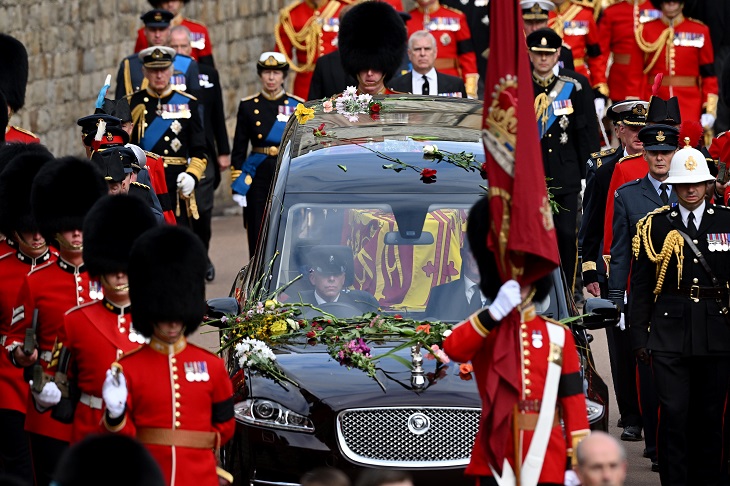
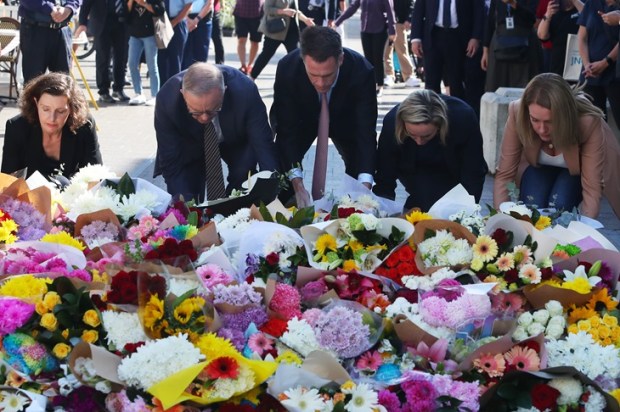
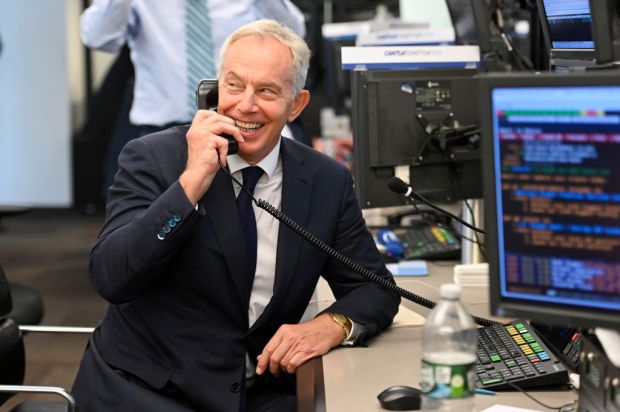
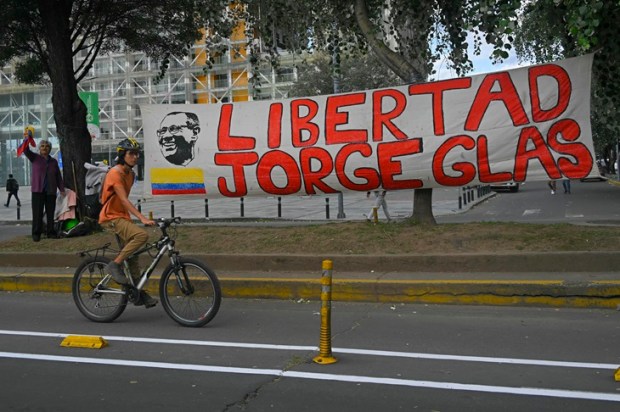
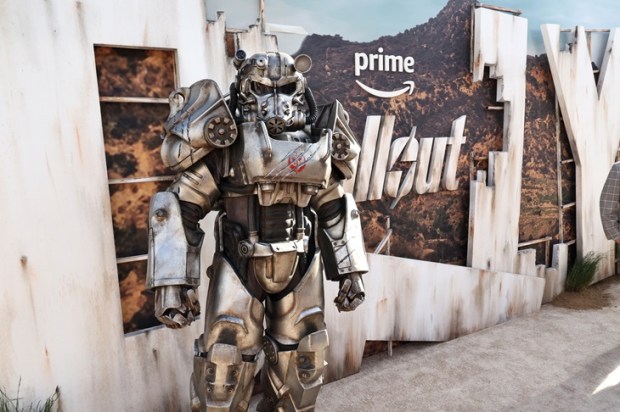








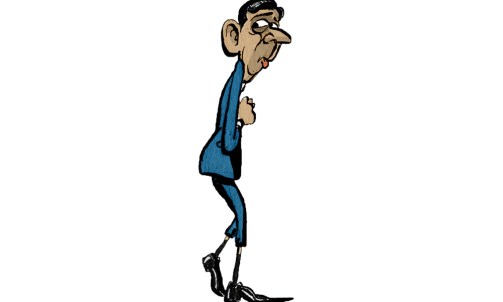
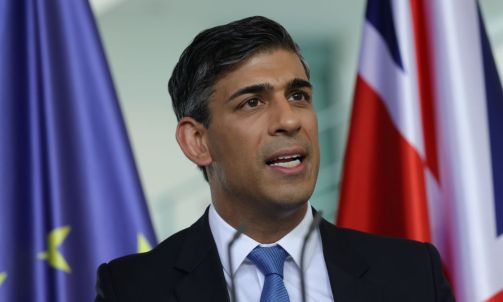
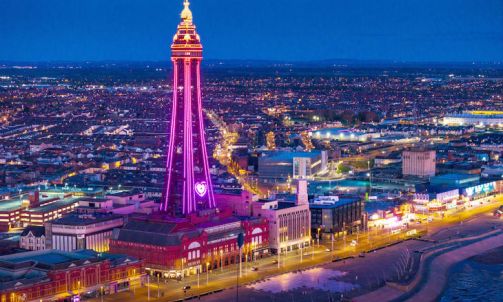
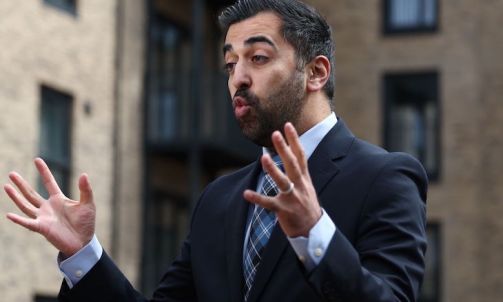
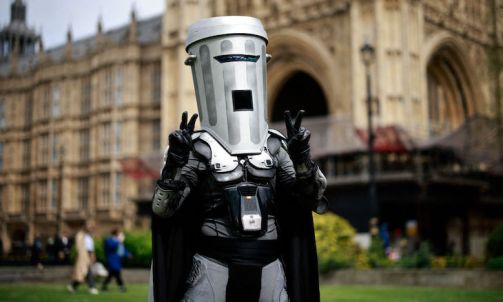
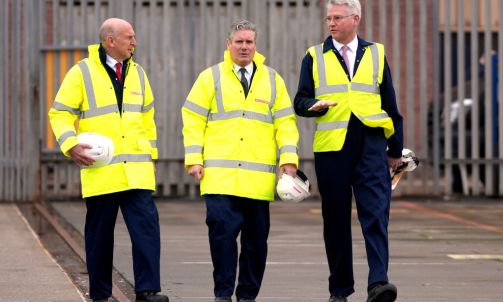






Comments
Don't miss out
Join the conversation with other Spectator Australia readers. Subscribe to leave a comment.
SUBSCRIBEAlready a subscriber? Log in